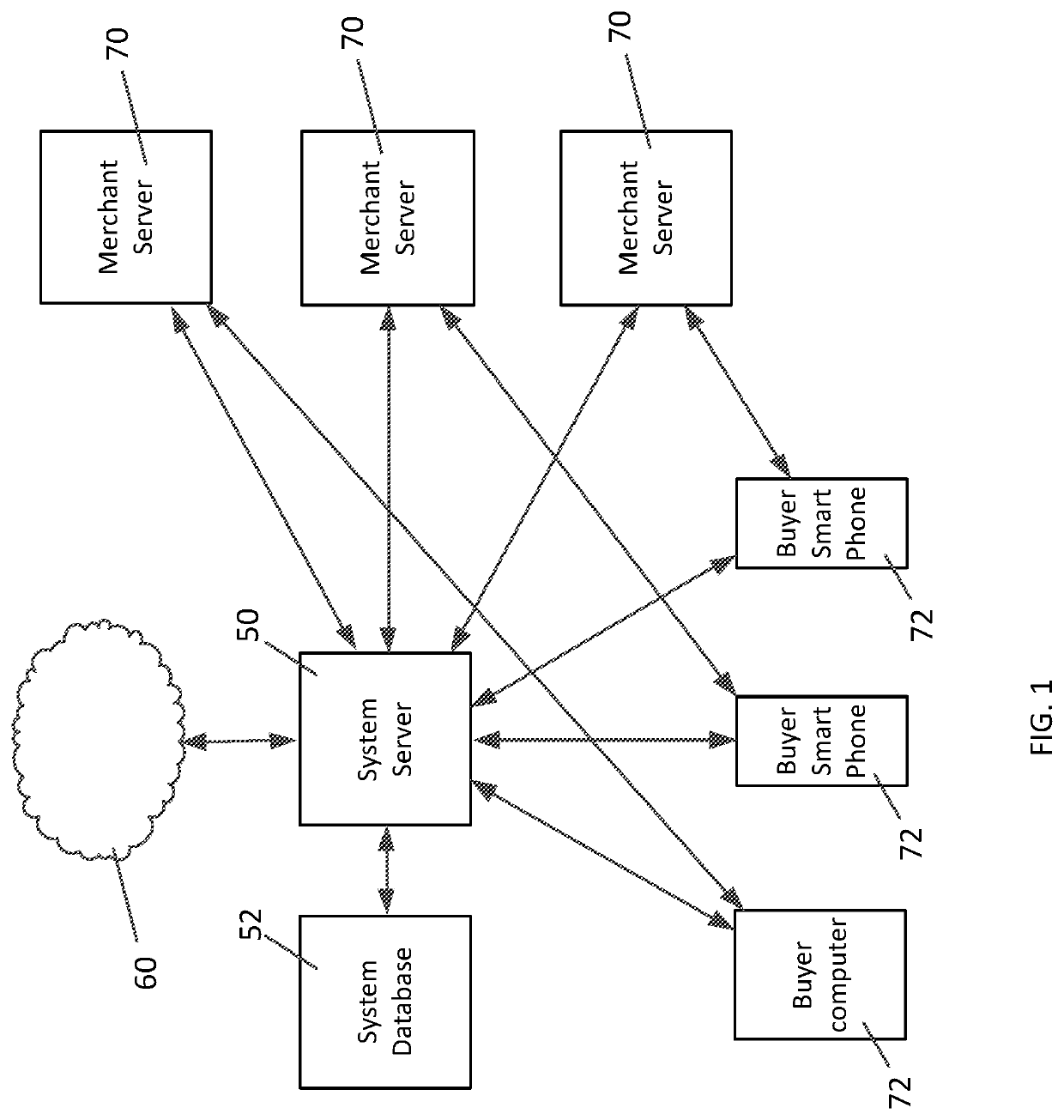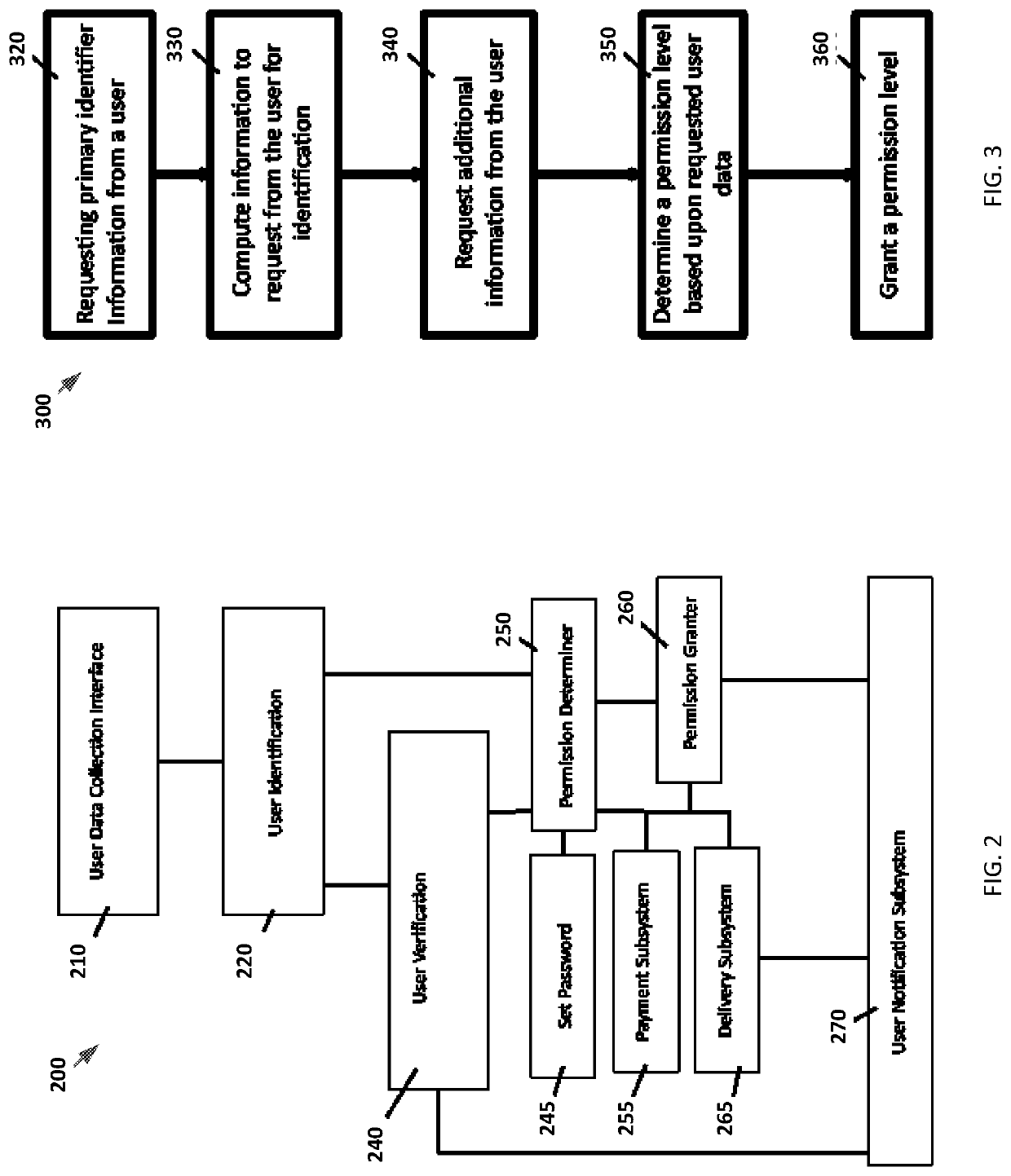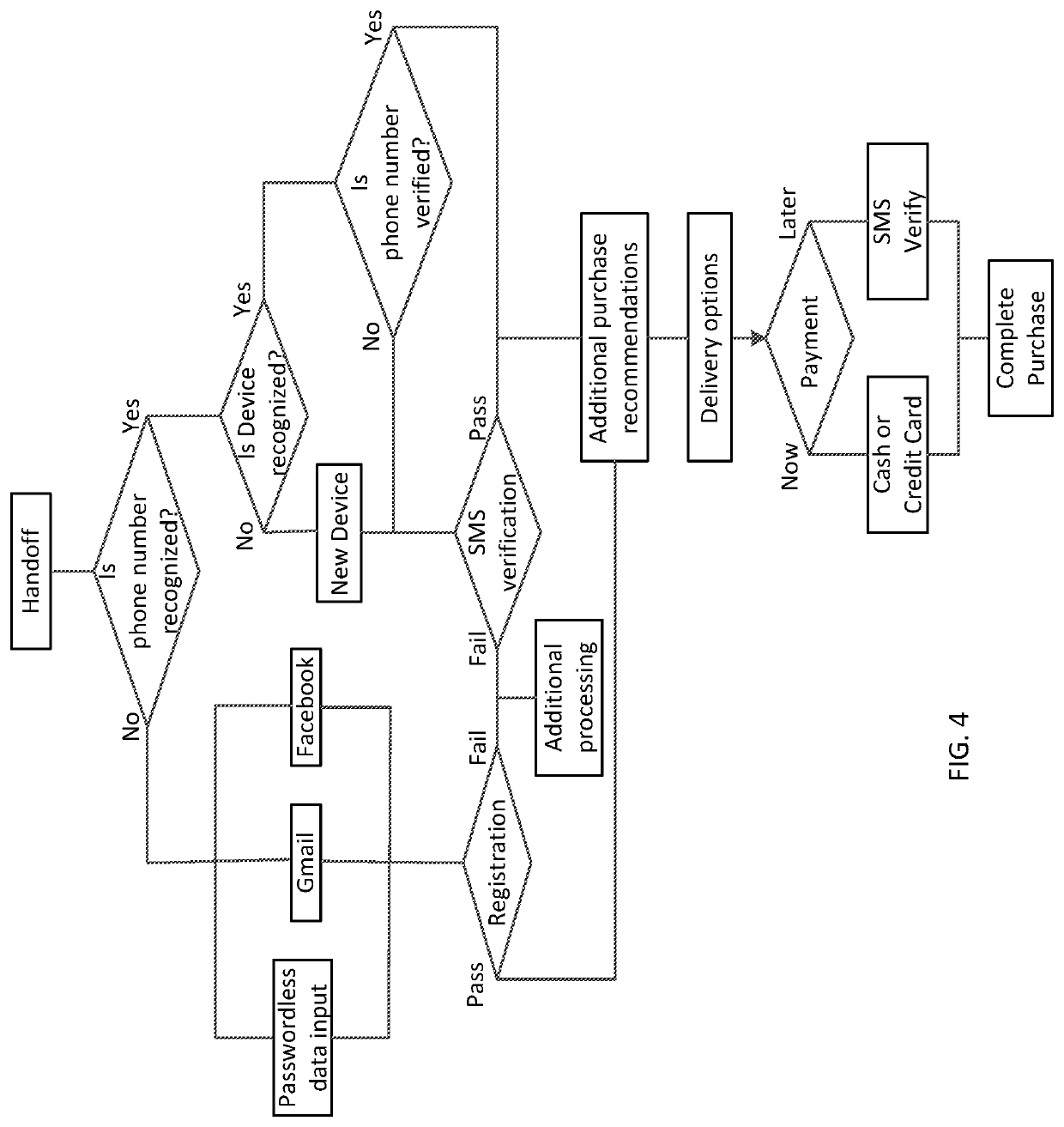System and method for passwordless logins
a passwordless and system technology, applied in the direction of digital transmission, wireless communication, instruments, etc., can solve the problems of user access to system services, inability to accept fraud risks, and user forgetfulness and/or th
- Summary
- Abstract
- Description
- Claims
- Application Information
AI Technical Summary
Benefits of technology
Problems solved by technology
Method used
Image
Examples
Embodiment Construction
[0026]The following description of the preferred embodiments of the invention is not intended to limit the invention to these preferred embodiments but rather to enable any person skilled in the art to make and use this invention. The passwordless login is designed to simplify the user registration process by removing the password step, and / or the passwordless login can be used to confirm that the user is in fact the owner of that smart phone and that the user is in possession of that smart phone (e.g. closing the loop between the user and the device—resolving the identity of the user to include the phone number or mobile device ID). Another way of describing the inventive passwordless login system is a probabilistic login. All, username / password combinations are probabilistic. There is a high probability that someone who can provide the proper username and password combination is the true registered user. However, there is also a possibility that someone else can use the credential...
PUM
 Login to View More
Login to View More Abstract
Description
Claims
Application Information
 Login to View More
Login to View More - R&D
- Intellectual Property
- Life Sciences
- Materials
- Tech Scout
- Unparalleled Data Quality
- Higher Quality Content
- 60% Fewer Hallucinations
Browse by: Latest US Patents, China's latest patents, Technical Efficacy Thesaurus, Application Domain, Technology Topic, Popular Technical Reports.
© 2025 PatSnap. All rights reserved.Legal|Privacy policy|Modern Slavery Act Transparency Statement|Sitemap|About US| Contact US: help@patsnap.com



